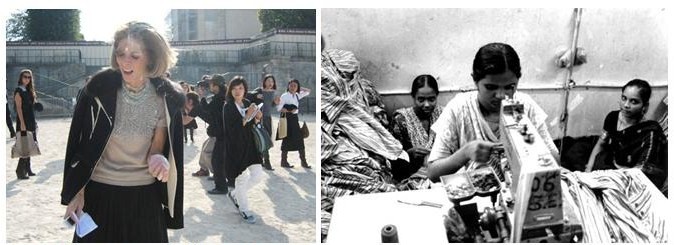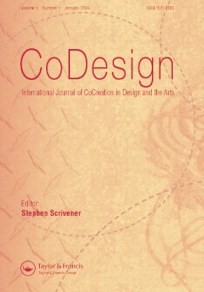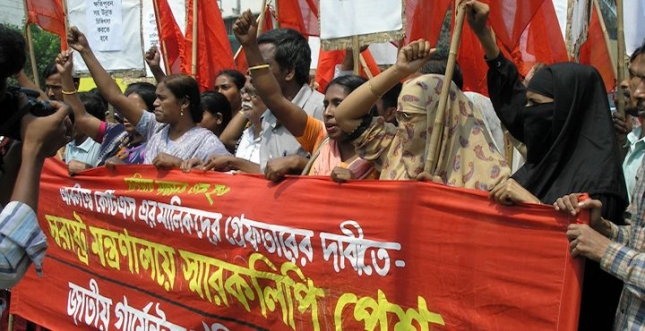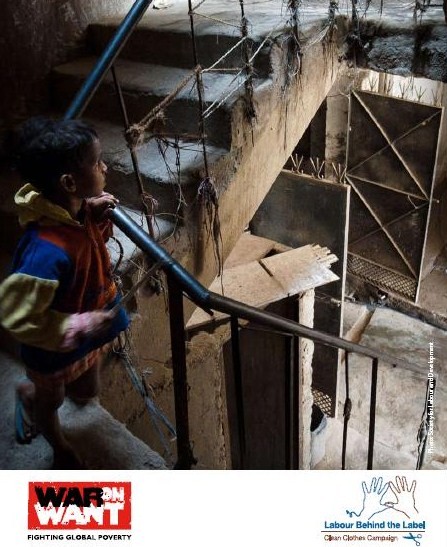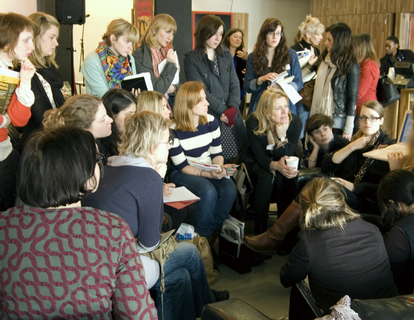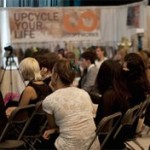Since 1993, more than 1,400 women have been violently murdered in Ciudad Juarez, Mexico (Maquila Solidarity Network). Thousands more remain missing. These femicides have gone unsolved since the murders have not been properly investigated by local and/or international authorities. While the found bodies of women rest buried in mass graves, the killers roam free. Ciudad Juarez is a war-zone— no one is protected from the systemic violence and corruption that plagues its citizens.
 In 2010 MAC cosmetics and American design house Rodarte partnered to deliver a limited edition line of cosmetics inspired by the plight of the Juarez woman. Products in the line were given names like “Factory” and “Ghost Town” and advertisements featured a young model looking…well, dead.
In 2010 MAC cosmetics and American design house Rodarte partnered to deliver a limited edition line of cosmetics inspired by the plight of the Juarez woman. Products in the line were given names like “Factory” and “Ghost Town” and advertisements featured a young model looking…well, dead.
Despite being well received by industry, outcry from within the fashion blogosphere resulted in the cancelation of the line. As one commentator stated in response to the collection, “in a sweep of total insouciance, for chic U.S. women, ‘Factory’ is an abstract consumable concept, a shade of mint frost, whereas for Mexican women in maquiladoras, it’s a sweaty, oppressive place where they’re frequently harassed, threatened, raped, and killed.” (Sarah Menkedick) Both MAC and Rodarte have since issued apologies, with the cosmetics company promising to donate profits from the line (once it has been renamed) to a legitimate organization working within the region. There is still no word on these details, however.
Of course, women are not the only victims in Juarez. The city is home to one of the largest drug turf wars in the world. In the last four years, more than 8,000 people have been killed (averaging 8 murders per day). Last week alone, between Thursday and Saturday, 53 people were gunned down (NPR).
Set to profit from the violence this summer through the release of their new game Call of Juarez: The Cartel is the French video game company Ubisoft, There has already been outcry over the game, with critics claiming it dehumanizes victims. No apology from Ubisoft; they claim the game is purely fictional—take a look at the trailer and see for yourself.
 Despite the violence and controversy surrounding this socially devastated region, some companies have decided to (re)invest in the maquiladoras there. According to Bob Cook, president of the Regional Economic Commission in El Paso, Texas, one of the draws to manufacturing in Juarez is that the violence has seemingly not targeted industry.
Despite the violence and controversy surrounding this socially devastated region, some companies have decided to (re)invest in the maquiladoras there. According to Bob Cook, president of the Regional Economic Commission in El Paso, Texas, one of the draws to manufacturing in Juarez is that the violence has seemingly not targeted industry.
The violence has not targeted industry? Are factory workers not included in this category?
On October 28th of last year four people were killed when “gunmen opened fire on a trio of buses carrying nightshift maquiladora workers to communities outside the city.”
When the mass killings of women (it is estimated that over 1/3 of these women were working in maquiladoras) first surfaced over a decade ago, industry did little to protect workers, claiming it was not their responsibility because the attacks did not take place on their property.
“Maquila owners provide little help to resolve the infrastructure and social services crisis in Juárez that they helped create. In 2001 at the height of the factories’ prosperity, their owners gave Juárez only $1.5 million in a voluntary tax, according to the New Mexico State University-based research publication Frontera Norte-Sur. At the same time, according to the Canadian organization Maquila Solidarity Network, maquila exports from the Juárez region totaled more than $10 billion.” (Amnesty International USA)
To say that industry needs to step it up when dealing with Juarez would be an understatement.
The 100th anniversary of International Women’s Day (IWD) has come and gone (March 8th). With this year’s theme, equal access to education, training and science and technology: pathway to decent work for women, we remember the women and men of Juarez.
An excerpt from the controversial corrido “Las mujeres de Juaréz” by popular Mexican band Los Tigres del Norte:
Que hay varias miles de muertas en panteones
clandestinos muchas desaparecidas que me resisto
a creer… (es el reclamo del pueblo
que lo averigüe la ley….)
English translation: There are several thousand dead women, in secret cemeteries. So many women have disappeared, it is hard to believe. These people demand that the law must investigate. (Mariana Rodriguez, “¡SOMOS MÁS AMERICANOS!”: The music of Los Tigres del Norte as Grass Roots Activism)
